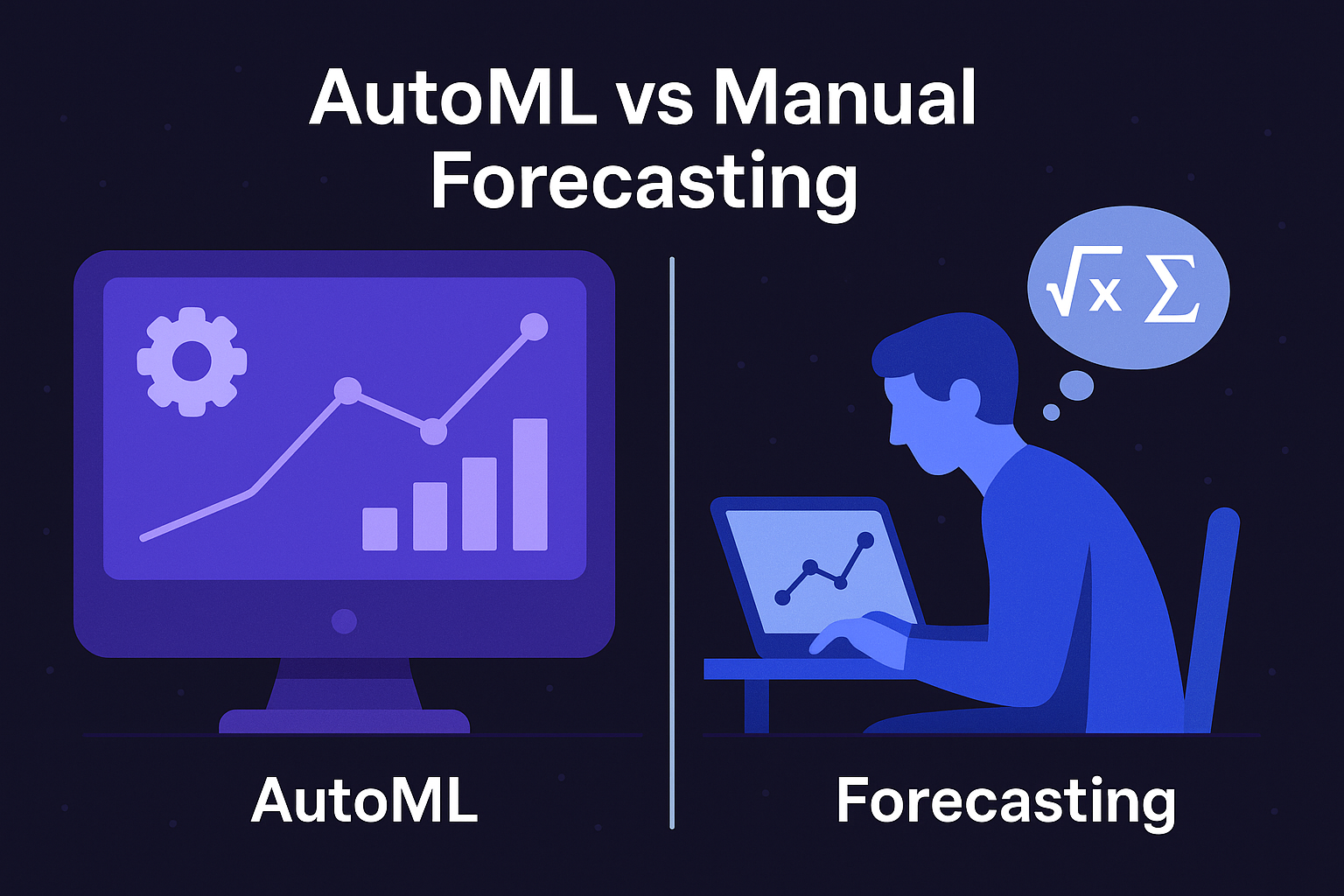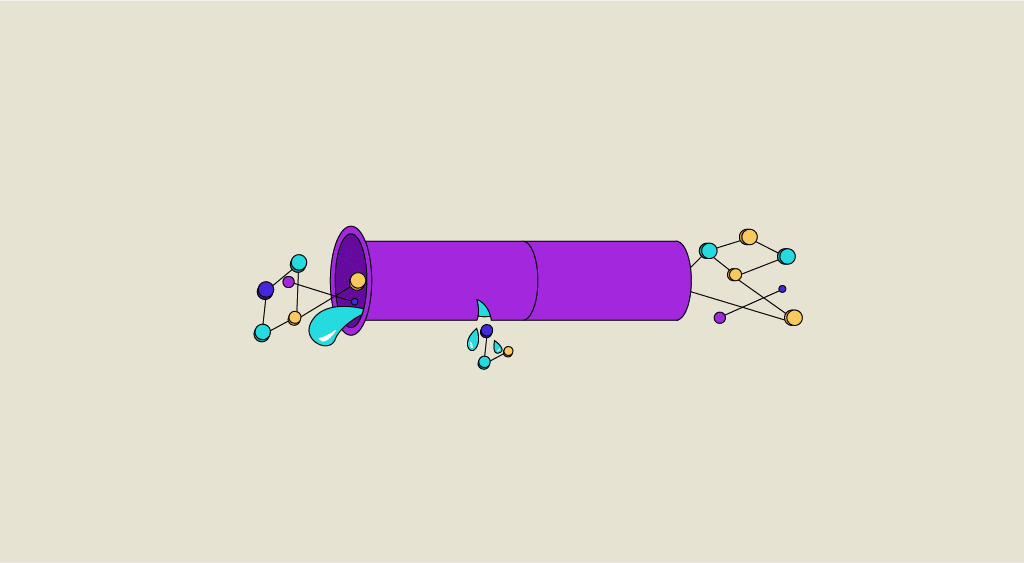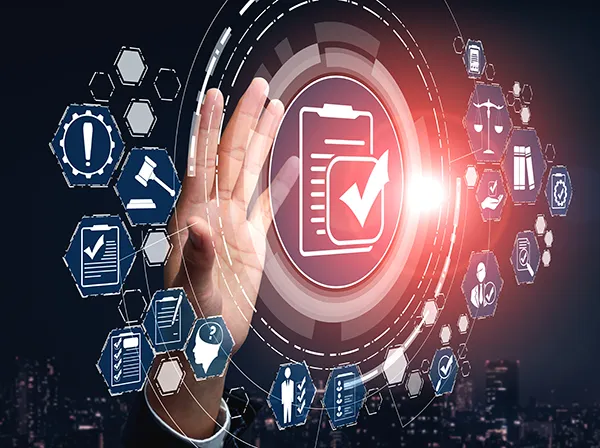Forecasting is a critical function for modern businesses — from predicting sales to managing supply chain needs. But once you decide to invest in predictive AI, you face a key question: Should you automate model building, or rely on manual modeling done by data teams?
This choice shapes your speed to value, level of control, and ultimately the trust stakeholders place in your predictions.
Why the Debate Exists
In the past, building a forecasting model required a skilled data scientist. Teams would manually clean data, test algorithms, tune hyperparameters, and validate performance. This was time-consuming — but it gave full control and deep understanding of how the forecast worked.
AutoML changes that equation. Today, businesses can use automated platforms to handle much of the modeling workflow: data preparation, feature selection, algorithm testing, and even deployment. This promises faster results and democratizes access to forecasting for teams with limited technical resources.
But it also raises questions:
- Does speed come at the expense of quality?
- Can business teams trust an “automated black box”?
- When is manual modeling worth the investment?
What AutoML Delivers Well
AutoML shines when the goal is to scale forecasting fast, across multiple segments, products, or timeframes.
A retail chain might want daily forecasts for hundreds of SKUs. A SaaS company may need churn predictions updated in real-time. In these cases, automating repetitive tasks frees up analysts to focus on validation and business interpretation.
Good AutoML tools also embed best practices: robust cross-validation, hyperparameter optimization, and model comparison. For many common forecasting tasks — demand, sales, pipeline — this is more than enough to outperform outdated manual spreadsheets.
When your data is high-quality and well-structured, AutoML can deliver 80% of the value in 20% of the time.
Where Manual Modeling Still Wins
Manual modeling remains valuable when:
- The problem is highly customized or domain-specific.
- Data is messy or sparse, requiring expert feature engineering.
- Forecasts feed directly into critical decisions with tight regulatory or financial impact.
- Stakeholders demand full transparency on every model step.
For example, in energy trading or complex supply chain planning, experienced data scientists can design specialized time series pipelines that AutoML won’t match out-of-the-box.
Finding the Right Balance
The reality is, most organizations don’t choose one over the other — they blend both.
- AutoML handles the routine: Generating baseline forecasts, updating models frequently, flagging anomalies.
- Experts refine the edge cases: Stress-testing assumptions, building custom features, or explaining results to non-technical stakeholders.
This hybrid approach balances speed and scale with trust and precision.
The Business Bottom Line
If your company struggles to ship any forecasts at all — start with AutoML. The gains in speed and democratization outweigh the drawbacks.
If you already have strong data science capabilities, use AutoML to free up your experts for the edge cases where manual modeling creates outsized value.
In forecasting, what matters isn’t whether it’s automated or manual — it’s whether your predictions are trusted, repeatable, and actionable.

%20(2).svg)



-p-2000.webp)
